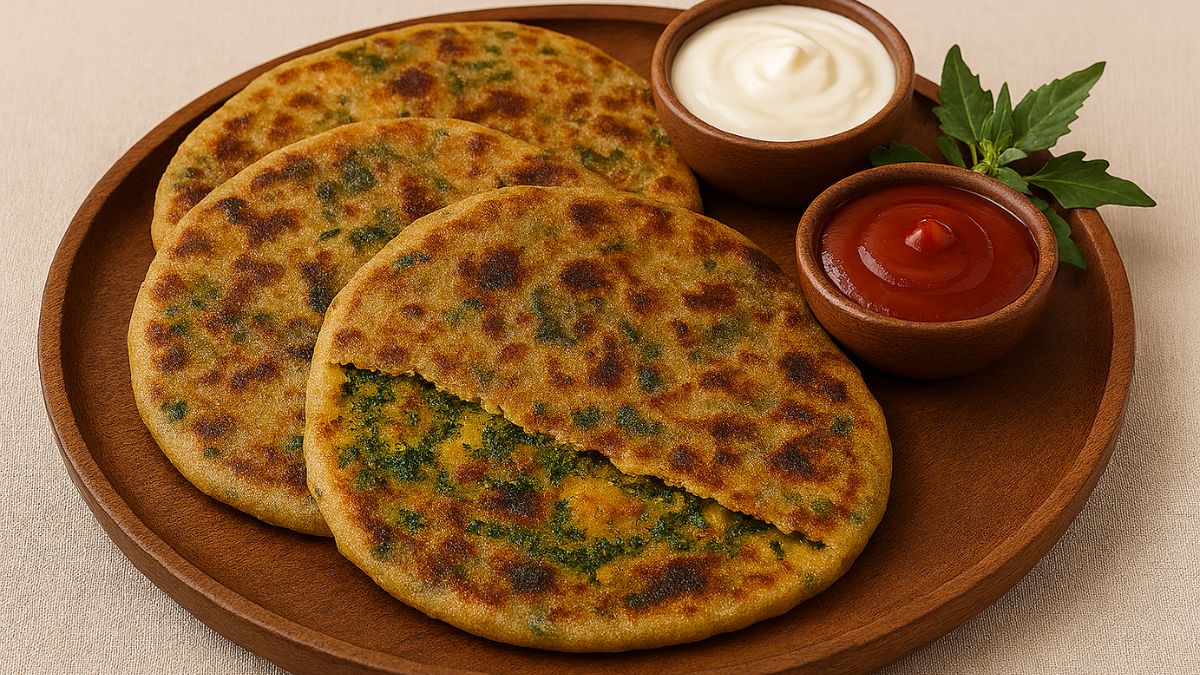Fermented foods have always been a part of our culinary culture but rarely get the recognition they deserve. Beyond their delectable tang and diverse forms, these foods hold a secret to a healthier gut and a more vibrant life. From dosa to achaar, we have been fermenting food to churn out lip-smacking delicacies that not only cater to our palate but also our health. Besides, this process also helps preserve the food to let us enjoy it for a long time.
Also Read: Fermented Foods To Add To Your Diet For Better Mental Health
What Fermentation Means
Imagine a world without refrigeration, where preserving food was a rather difficult task. Enter fermentation, a time-honoured technique that offers taste and sustenance. It's the cultivation of microorganisms like bacteria and yeast that takes place in the food being fermented. These microbes create an environment that prevents the growth of unwanted bacteria and halts the spoilage of food.
What is the Process of Fermentation
Fermentation is a metabolic process wherein microorganisms like bacteria, yeast, or fungi convert sugars, carbs, starch, and organic compounds in food into various acidic products. This results in changes in flavour, texture, and aroma, which make the food taste better.
The process typically involves selecting fresh ingredients and combining them with a starter culture or naturally occurring microorganisms. These microorganisms consume sugars, producing enzymes, acids, and gases as byproducts.
Also Read: Best Healthy Fermented Drinks For Hydration And Good Health
What are the Advantages of Fermentation?
1. It Benefits the Gut the Most
According to the book 'Healing Foods' by DK Publishing House, "The biochemical process of fermentation in foods encourages the growth of friendly bacteria that helps maintain a healthy gut. It is not an understatement to say that a healthy gut - one that digests food and nutrients efficiently - is the basis of good health. Healthy and balanced intestinal flora is also a way of preventing intestinal disorders and irritable bowel syndrome (IBS)."
2. It Adds Nutrition to Meals
Fermented foods aren't just about preservation; they're a treasure trove of nutrition in a form your body adores. The microorganisms infuse live enzymes, B vitamins, and protein, making the food a nutritional powerhouse.
3. It Strengthens the Immunity
Nutritionist Shilpa Arora reveals, "80% of our immune system resides in the walls of the intestines. The lactic acid bacteria in fermented foods fine-tune the pH balance in the intestines and also create omega-3 fatty acids for strong immunity.
4. It Brings Digestive Comfort
Fermentation enhances gut health by producing beneficial bacteria, like probiotics, during the process. These microbes aid digestion. Consuming fermented foods, such as yoghurt and kefir, can alleviate digestive issues like bloating and constipation.
5. It Acts as an Energizing Elixir
Fermented foods contain B vitamins and bioactive compounds resulting from the fermentation process. These compounds facilitate nutrient absorption, providing a steady release of energy. Moreover, the increased bioavailability of nutrients like iron and zinc helps prevent fatigue and supports metabolic processes, contributing to an overall sense of vitality and sustained energy levels.
Now that we've explored the wonder of fermentation's impact, it's time to savour its diverse creations.

There is a wide variety of fermented foods available.
Photo Credit: iStock
What are the Best Fermented Foods to Have?
1. Curd:
India's cherished dahi boasts a multitude of benefits. The milk's transformation, guided by fermentation, renders it easier to digest.
2. Kefir:
A microbial potion, kefir revitalizes your inner ecology. Born from grains of bacterial artistry, kefir is a byproduct of milk with a tart yet refreshing taste.
3. Lacto-Fermented Vegetables:
Across cultures, vegetables are fermented to complete our meals. From Korean kimchi to India's pickles, these fermented vegetables are nature's gift to your gut.
4. Miso:
Made of fermented soybeans, miso enriches your palate and your health. Bursting with amino acids and precious nutrients, it is another must-have fermented food to have.
5. Dosa, Idli, and Dhokla:
These beloved South Indian and Gujarati treasures are loved for their great taste. Their fermentation journey makes them great for our health too.
Now that you know the various benefits they offer, it's time to embrace the magic of fermented foods for a life well-lived.
About Neha GroverLove for reading roused her writing instincts. Neha is guilty of having a deep-set fixation with anything caffeinated. When she is not pouring out her nest of thoughts onto the screen, you can see her reading while sipping on coffee.







